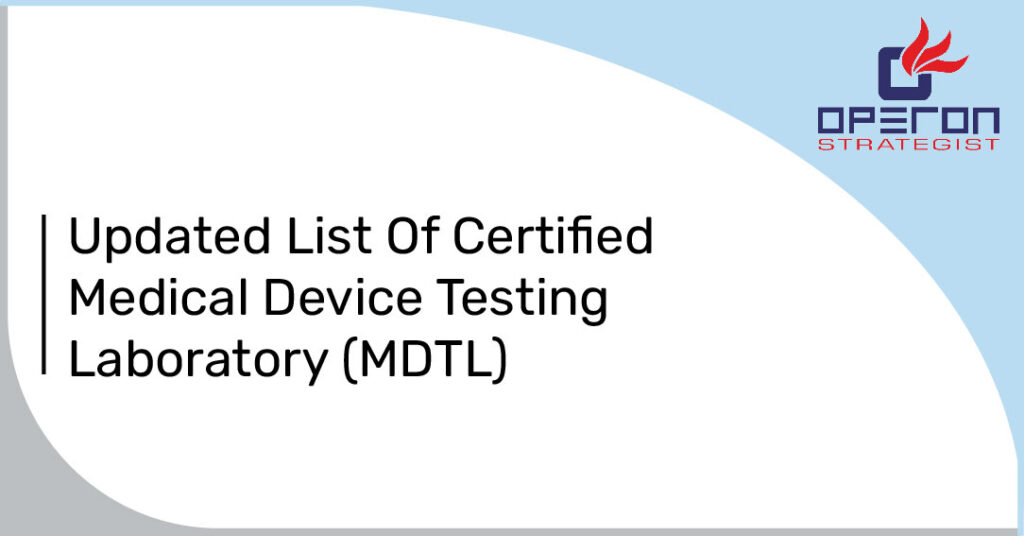Overview of New Guidance on IVD Qualification
On October 8, 2024, the Medical Device Coordination Group (MDCG) of the European Commission published the MDCG 2024-11 – Guidance on the qualification of in vitro diagnostic medical devices (IVDs). This document clarifies which products fall under the scope of the In Vitro Diagnostic Regulation (IVDR) (EU) 2017/746, explaining how a product qualifies as an IVD or an accessory of an IVD. As noted in the guidance, “to qualify as an IVD or an accessory to an IVD, the product must meet the definition in Article 2(2) or Article 2(4) of the IVDR, respectively. Qualification depends on the manufacturer’s intended purpose.”
Learn more about Extension of IVDR Transitional Period and New Provisions
Looking For a Medical Device Regulatory Consultant?
Let’s have a word about your next project
This updated guidance replaces previous MEDDEV guidelines, particularly MEDDEV 2.14/1, Rev. 2 of 2012, which was critical for the qualification of IVDs under Directive 98/79/EC. The new guidance aligns with the IVDR Regulation and maintains most of the previous content with some modifications.
MDCG 2024-11 not only updates past guidelines but introduces new sections to reflect industry developments and new technologies. Notable additions include:
- Section 2.8 on software associated with IVDs: According to this section, software can qualify as an IVD if it is used to provide information from a diagnostic test on biological samples (e.g., blood, urine, tissue), analyses or interprets data from an IVD device, or supports clinical decision-making (e.g., identifying pathogens or monitoring biomarkers). The guidance elaborates on the criteria for qualifying devices with stand-alone software, stating that software may still qualify as an IVD even if it does not directly analyze human samples, provided it processes diagnostic information. This is a key point for regulating advanced software such as artificial intelligence (AI) or machine learning technologies used in diagnostics.
- Section 2.11 clarifies tests used in the production of other products: This section specifies that tests used to monitor the production of products other than IVDs (e.g., pharmaceuticals or chemicals) are not classified as in vitro diagnostic medical devices. It eliminates confusion regarding the qualification of tests used solely in production processes. Only diagnostic tests that meet the IVDR definition can be classified as IVDs, while tests for production quality control do not need to comply with the IVDR (EU) 2017/746.
Additionally, obsolete sections have been removed, such as the comparison between general-purpose PCR (Polymerase Chain Reaction) devices and IVDs. This reflects advancements in regulatory practices and diagnostic technologies since the implementation of the IVDR.
Meet MDCG 2024-11 Requirements With Operon Strategist’s Expert Guidance.
Operon Strategist’s Role in IVD Qualification under MDCG 2024-11:
Operon Strategist guides manufacturers through the IVD qualification process as outlined in MDCG 2024-11 and ensures compliance with the IVDR (EU) 2017/746. We assist in determining product qualification, regulatory compliance for IVD software (including AI and machine learning), and post-market management. Our expertise helps manufacturers streamline the transition to the IVDR framework, ensuring smooth regulatory approval for in vitro diagnostic devices.
Learn More About IVD Manufacturing




